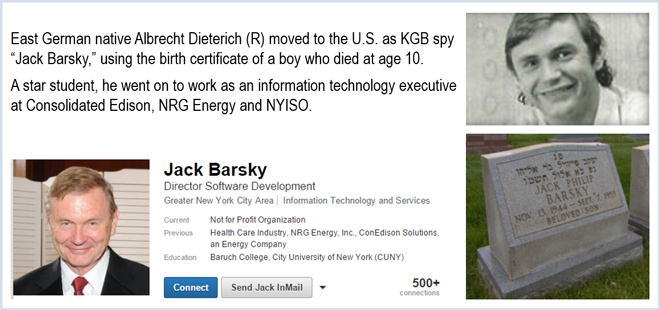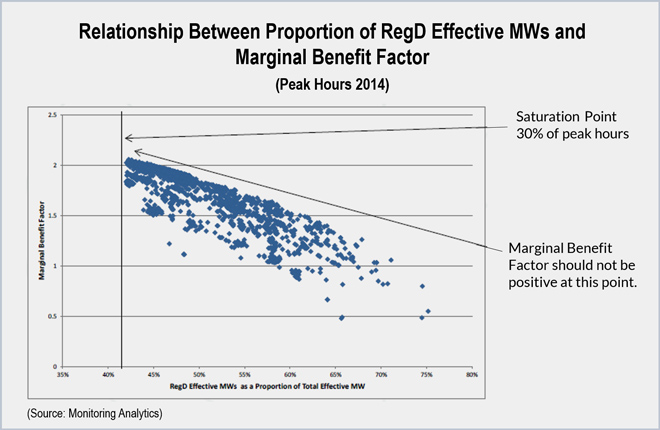VALLEY FORGE, Pa. — The most likely dates for the 2018/19 Base Residual Auction to commence are Aug. 3 or Aug. 10, Jeff Bastian, manager of capacity market operations, told the Market Implementation Committee last week.
The timing will be determined by when the Federal Energy Regulatory Commission rules on PJM’s Capacity Performance proposal, which should be no later than June 9, assuming the commission acts 60 days from PJM’s April 10 response to FERC’s deficiency letter. (See PJM Responds to FERC Queries on Capacity Performance, Requests Approval.)
Bastian said PJM plans to announce a firm date for the auction, as well as deadlines for updates to market participant pre-auction submissions, shortly after FERC hands down its decision. PJM proposes using Aug. 3 if FERC rules on or before May 26, and Aug. 10 for an announcement after that date.
There are two scenarios, he said: Either the auction will be conducted according to PJM’s proposal, with or without FERC adjustments, or it will operate under the status quo.
Even if the new capacity product is denied and the auction runs under current rules, Bastian said, PJM believes it would be in everyone’s interest to utilize the 75 days allowed in its waiver to delay the auction, which generally is required to be held in May. (See FERC OKs PJM Request to Delay Capacity Auction.)
The Capacity Performance proposal (ER15-623) was conceived to increase reliability by implementing a “no excuses” policy that is expected to result in more incentives for over-performing participants and higher penalties for non-performers.
Bastian noted that an Aug. 3 auction date might necessitate an adjustment to the 2016/17 second incremental auction to avoid overlap.
PJM Member in Default, to be Terminated
PJM will seek to terminate the membership of Intergrid Mideast Group after it was declared in default for failing to honor collateral and payment obligations, CFO Suzanne Daugherty told the MIC.
Intergrid has accumulated three defaults within 12 months, and after the first one, its transaction rights were suspended. Now, PJM will be submitting a request with FERC to permanently cancel its membership, regardless of whether the defaults are rectified.
Intergrid, primarily a holder of financial transmission rights, paid its invoices through April 24. Its invoice due May 1 was fulfilled by the collateral it had posted with PJM, as will be the bill due May 8. That will leave $250,000 in remaining cash collateral.
PJM estimates that Intergrid may be liable for up to $2 million in charges on FTRs that expire May 31.
PJM plans to liquidate the FTR positions Intergrid also previously cleared in auctions for the 2015/16, 2016/17 and 2017/18 planning years. The positions for 2015/16 will be offered for sale during the FTR auction that opens this week.
The remaining positions will be offered for sale during the FTR auction that opens in early June.
PJM had no estimate for how much it will cost to liquidate the FTR positions.
Tariff Harmonization Group Offers First New Definition
The Tariff Harmonization Senior Task Force, formed in December to resolve inconsistencies and ambiguities in PJM’s governing documents, brought forward its first proposed change: the definition of PJM Net Assets.
“We thought it would be important to try and clarify what portion of PJM assets would be available for a third-party claim if one were made,” CFO Suzanne Daugherty told the committee. “You all don’t want everything in our financial statement available to a third-party claim.”
At any one time, she said, PJM could be holding roughly $1 billion on behalf of members, she said, but it’s not an asset.
The new definition specifies that PJM’s “Net Assets” will include those reflected in the RTO’s financial statements and not those for which it is acting as a temporary custodian on behalf of its members.
The group is prioritizing about 50 definitions and will next meet May 29.
New PJM Member Community to Debut

PJM’s Bill Walker said the new tool was conceived in response to members’ desire for a way to have their concerns acknowledged, track an issue or research topics themselves.
The service will provide the real-time status of a request, live chat, information on invoices and more.
Future enhancements are expected to allow members to initiate a change request, enable electronic signatures and integrate a mobile app.
The portal will be accessed through the “MyPJM” account ID.
— Suzanne Herel





